When you hear the name of the word ‘plant’, first the thought will come to your mind that plants grow in the ground and can’t develop, reproduce and even survive without the existence of soil. The soil provides all the elements for its survival. But have we ever heard that trees can survive, grow and reproduce without soil? Well, you may have heard or not. One such very interesting plant named Air Plant in which above mentioned phenomena happens. Air plants have become very popular over the last few years, and we can see why, they are versatile, don’t require soil, and are easy to care of! Here, you will know about air plants , their interesting characters, habit, habitat, common species and species that can be grown easily in Bangladesh.
Characteristics of Air Plants
- Usually growth of air plants occurs without direct connection to soil.
- They only need air, light and water for their growth and survival.
- They usually take nutrients from air.
- They have special epidermal structure of leaves to absorb nutrition from air.
- They don’t have traditional root system.

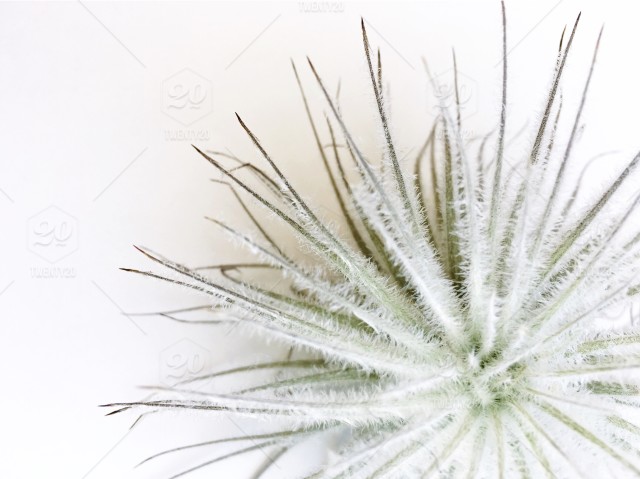
Where to place air plants?
- They need to place in such place where no direct sunlight and rainfall will affect the plant. Excessive rain will let plant to be rotten.
- In indoor environment where much water doesn’t exist.
- But they should be placed where enough air circulation can occur and light can be passed through.
- They can also be placed on wooden base, cement, rock etc.
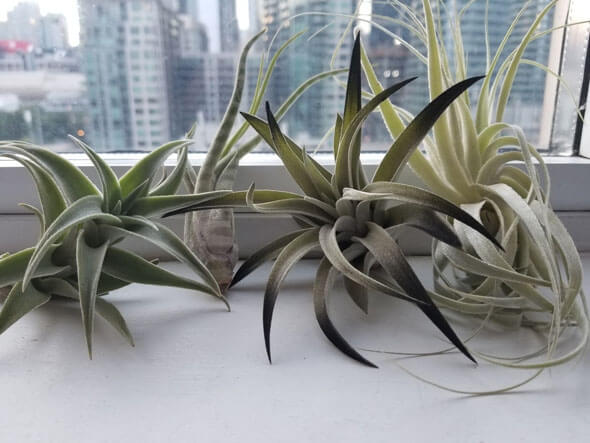
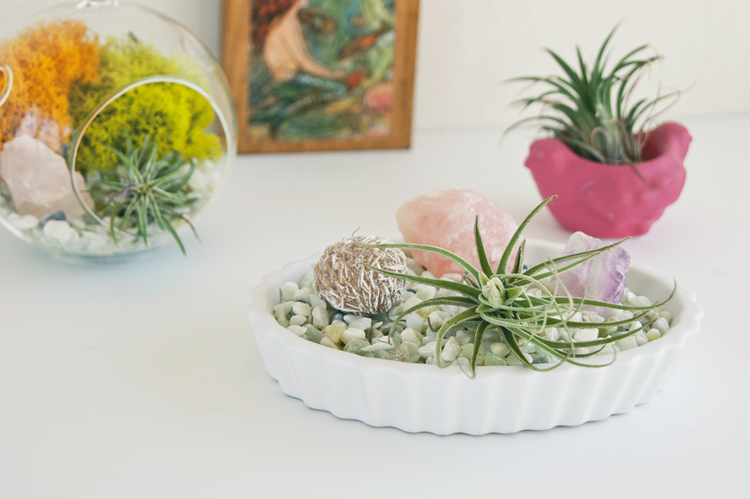
Reproduction
Did you know that air plants flower once in their life? Depending on the species, these blossoms last from a few days to a few months, and can be a whole variety of beautiful bright colors, like pink, red and purple. Flowering is the peak of the air plant life cycle, but also marks the beginning of the plant’s old age – after it flowers, the plant will eventually die.
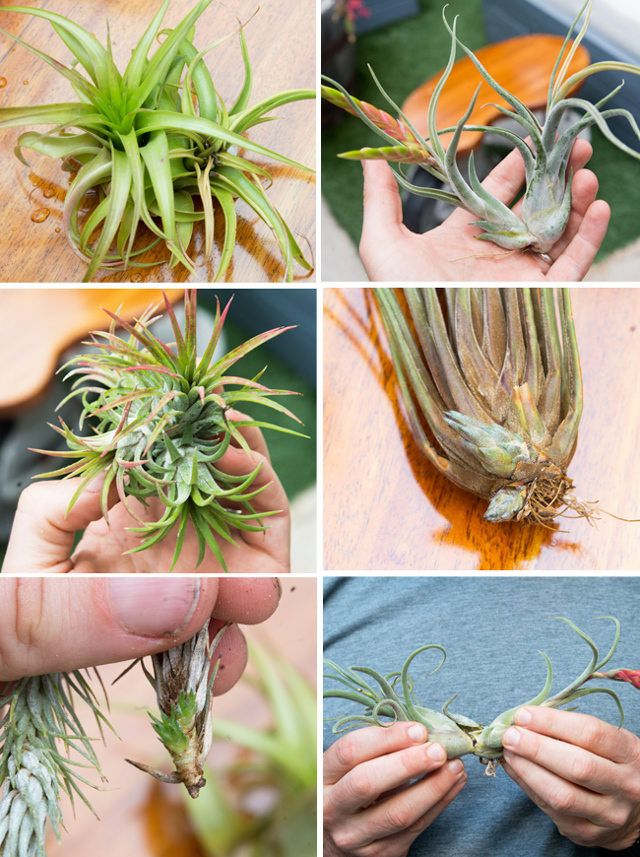
- During or after flowering or in blooming period, depending on the species, the air plant will reproduce by sending out 2-8 “pups”.
- These baby air plants, which start out very small, will eventually grow into their own mother plants.
- Pups can safely be separated from the mother plant when they’re about ⅓-½ its size.
- Careful not to remove them too early, as they’re actually receiving nutrients from the mother air plant!
- Later the baby plant become matured and survive as an individual plant departing from mother plant.
- They Produce various colored flowers in their life cycle.
Care tips of air plants
- No need to care much, they are hard and long lived and can easily grow in air.
- They only need enough fresh air for their nutrition and light.
- Should give water spray in the morning regularly.
- Need to give them a water bath after a certain time limit for glossy look.
- Sometimes provide them fertilizers (DAP) for better health and beauty.
Caring for an air plant is very simple and there are tons of stylish ways in which you can use these to decorate your home. Whether you display them in a terrarium, hang them with fishing line or put them in a glass bowl, air plants always look lovely and very chic.
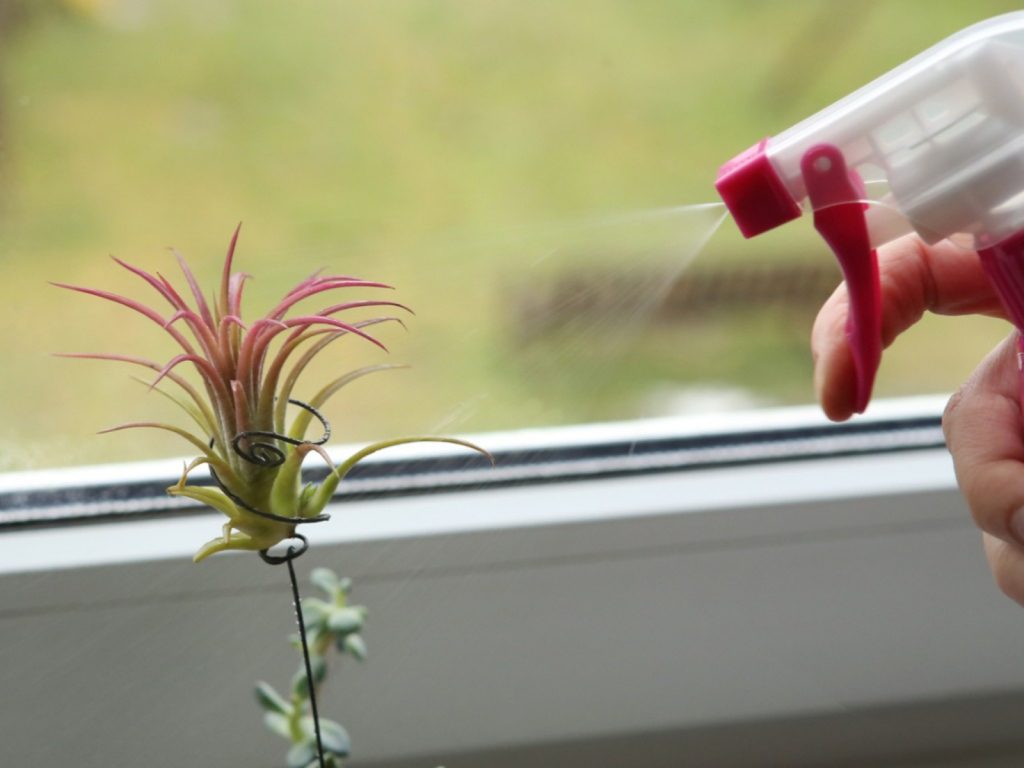

Habitat for air plants
- They are seen in sea level, desert, temperate forest, intermediate forest, cloud forest (cloud and fog keep plant moisture) etc.
- But most commonly they are native at two regions –
1. Tropical rain forest, 2. Dessert area.
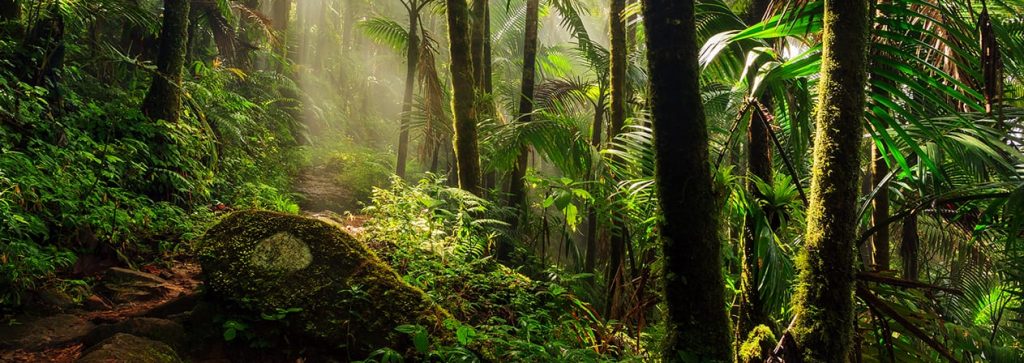
Most popular and known air plant throughout the world
- Most common, popular and well known Air plant- Genus: Tillandsia
- Species are extremely diverse.
- Have more than 650 species.
- They are flowering, perennial and evergreen plant.
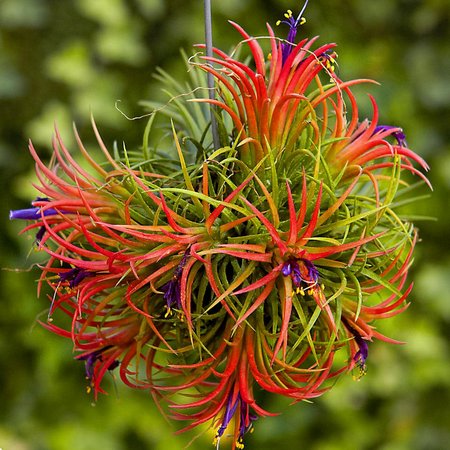
- Can be found in tropical rain forest mostly, besides they are native in mountains and deserts of northern Mexico and south-eastern United States, Mesoamerica and the Caribbean to mid Argentina.
- Perennial flowering plants in the family.
- Most are epiphytes.
- They have unique leaves containing trichome (little sponges) like structure which helps to absorb moisture and reflect sunlight.
- They are so fuzzy.
- They don’t respire at night time.
- Some are parasite that sometimes take nutrients from trees, eventually destroy the tree.
- They just use root to hang on to the trees that called holdfast.
- They don’t use root in taking nutrition but use leaf surface.
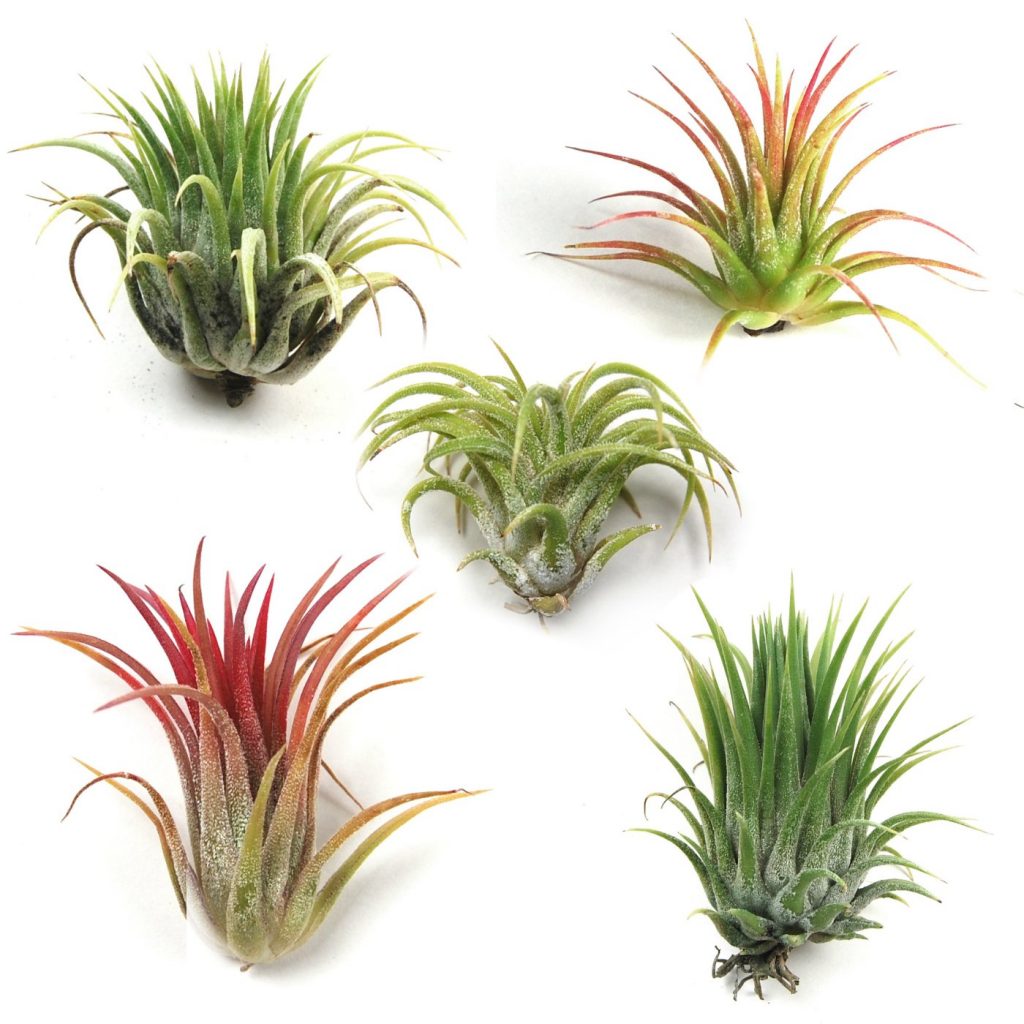
- Other species besides Tillandsia: Spanish mass, pine apples.
- Besides Tillandsia – Top 10 Most Popular Air Plants:
-
-
-
-
-
- Xerographica
- Ionantha
- Stricta
- Brachycaulos
- Aeranthos
- Capitata
- Bulbosa ( Guatemala + Belize)
- Caput Medusae
- Streptophylla Hybrid
- Tectorum Ecuador
-
-
-
-
Common Air Plants to grow easily in Bangladesh
Native plants of Tropical rain forest
a. Tillandsia ionantha
- Also called sky plants.
- Easy growing in BD and idol plant for beginners.
- They don’t easily die
- Need not take care of them much
- Just giving them a water bath after 15-21 days for 30 minute per time.
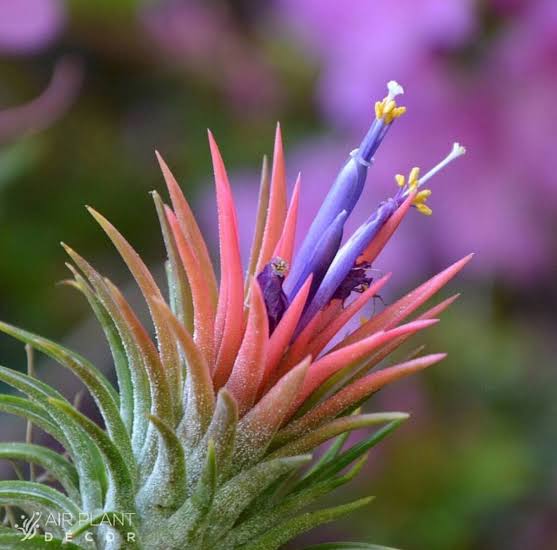
- They love humidity.They are spherical shaped.
- In blooming season, upper portion of leaves turn into red color and flower color is mixed violet and red.
- Interesting thing is after blooming a little baby plant is seen at the partial portion of mother plant.
- Need 6 months to reproduce baby plant.
b. Ionantha fuego
- Unique character is the upper red part of plant leaves is heavy vibrant.
- Placed either on hard materials or by hanging on.
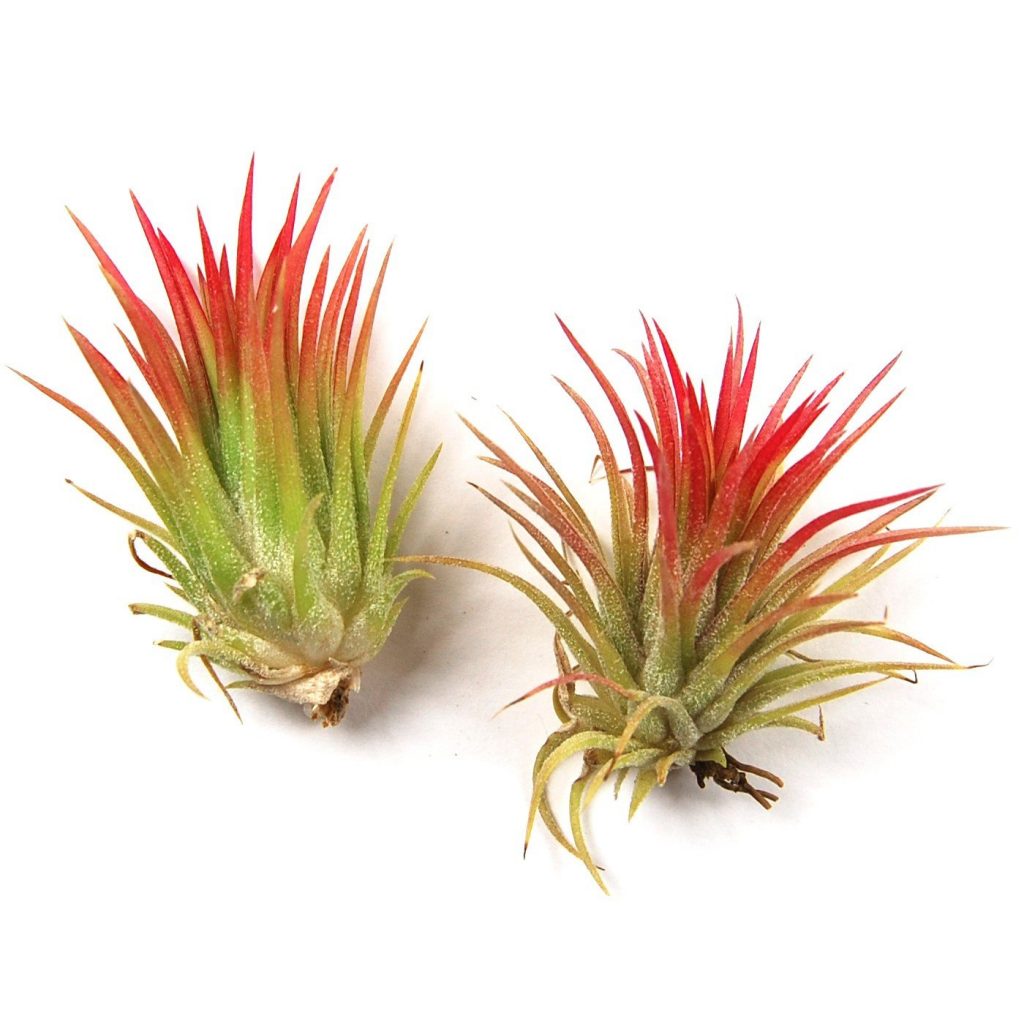
- When mother and baby plant stay together it create a round shaped structure.
- Care routine- submerge the plant in water after 15 days to be continued, regular water spray and put at reverse position for some moment to extraction of deposited water.
c. Frankiana
- Plant shape depends on environment.
- Easy growing in BD environment.
- Don’t die easily.
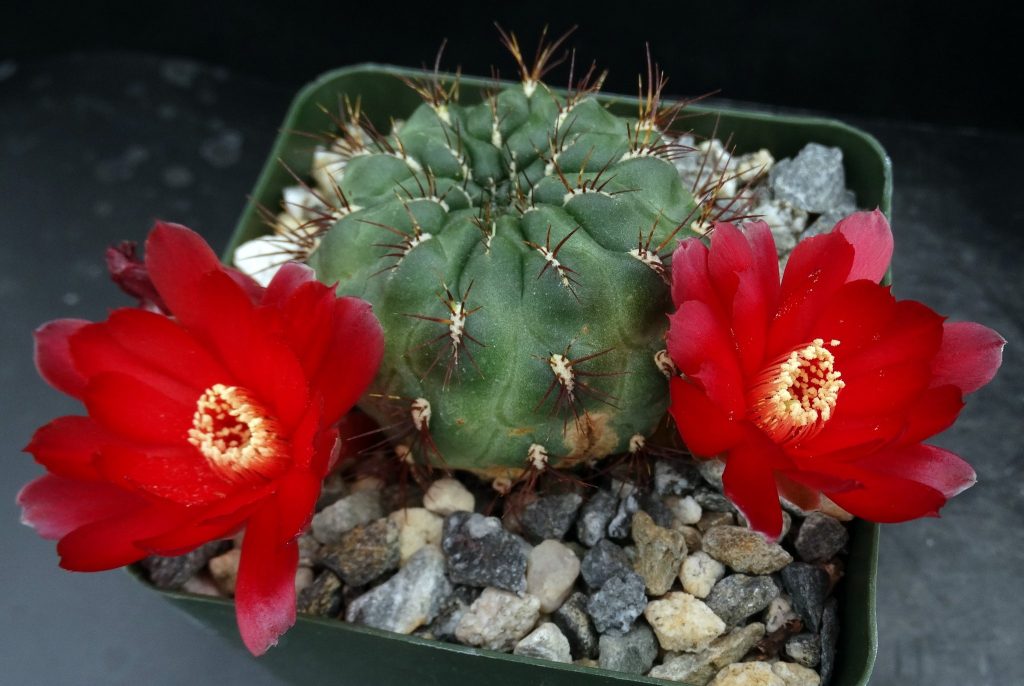
- During flowering- front part of leaves turn yellowish (It’s normal, so no reason to be afraid about their survival), it is the sign of blooming.
- Long flower- mixed orange and yellow in color, stay about 7 days.
- During blooming, don’t need to submerge plant in water, if done, flower will die and do not produce baby plant.
d. Tillandsia caput-medusae
- Bulbophyllum type, especially lower is part bulb like.
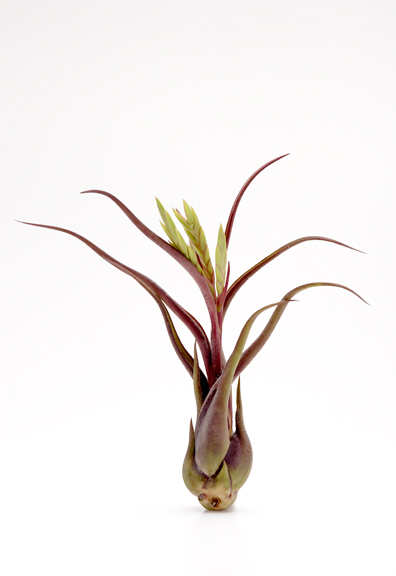
- Besides Tillandsia caput-medusae, Tillandsia bulbosa need no bath, because water will enter into the bulb and later water won’t come out and permanently deposit there, that results plant rot.
- Just should spray them with water in on hanging inversely.
Native Desert species

a. Tillandsia xerographica
- Have unique size and structure
- Native at Mexican desert, North American desert etc.
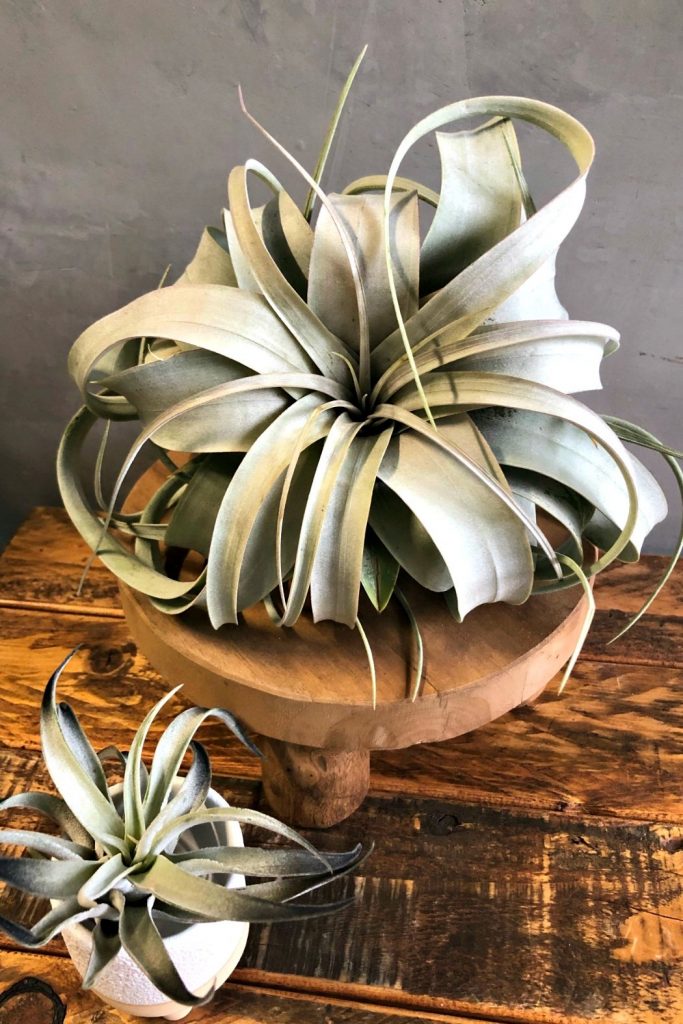
- They can be put on higher place because they are not so humidity loving.
- They need less water and less care to grow.
- Need not submerge into water.
- At maturation, show a stick like structure that contains orange-red-yellowish colored flower.
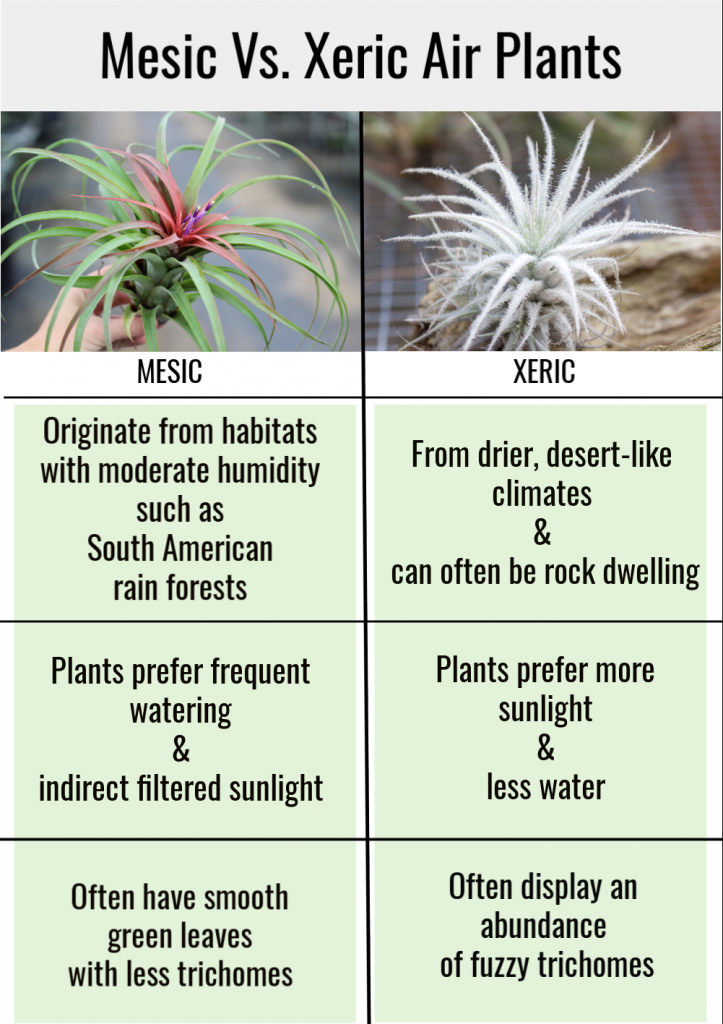
Some aesthetic pictures of air plants
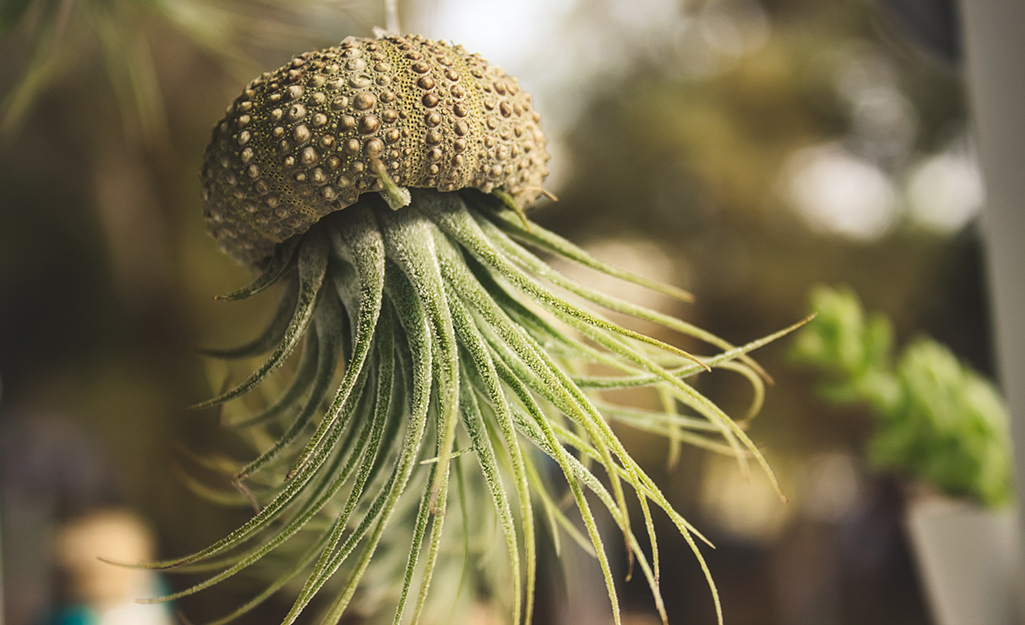
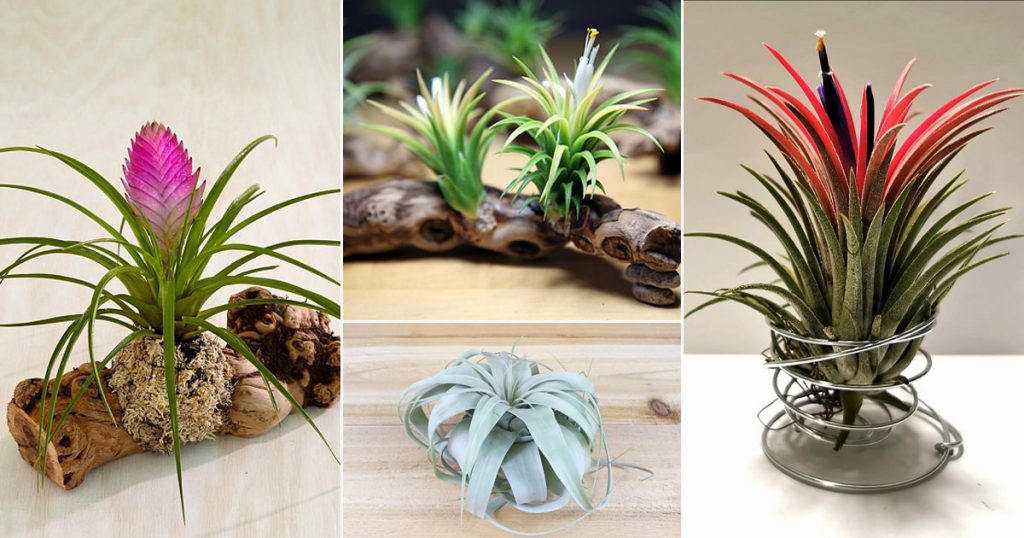

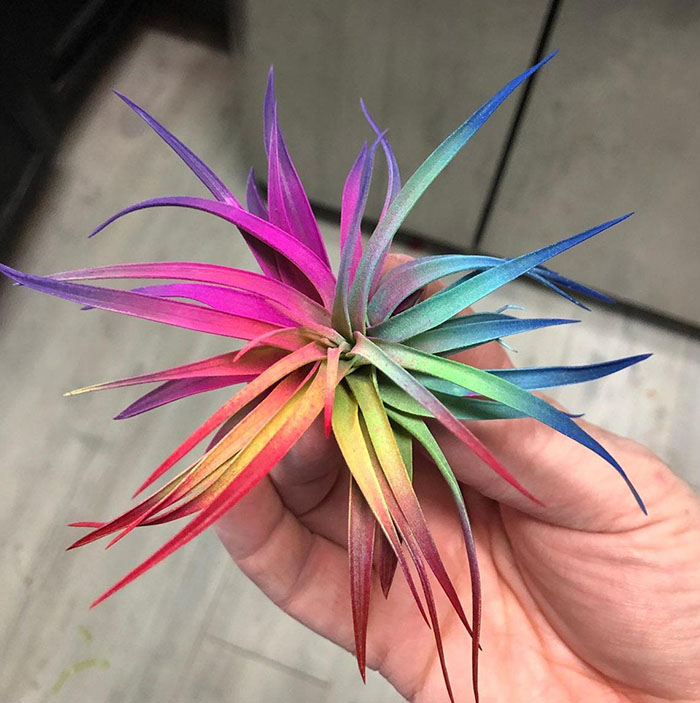
 Plantlet The Blogging Platform of Department of Botany, University of Dhaka
Plantlet The Blogging Platform of Department of Botany, University of Dhaka
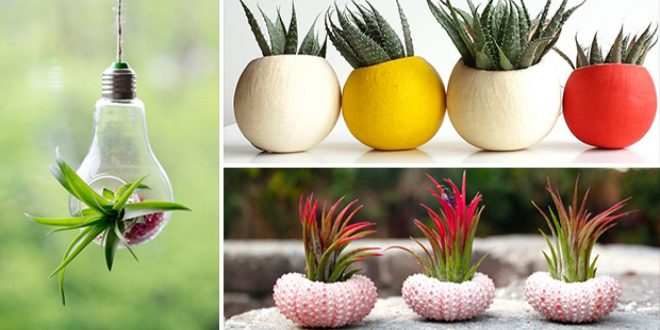



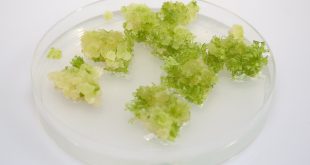

Fascinating.
Shook, this helped me so much in my class learning about plants that do not grow in soil.